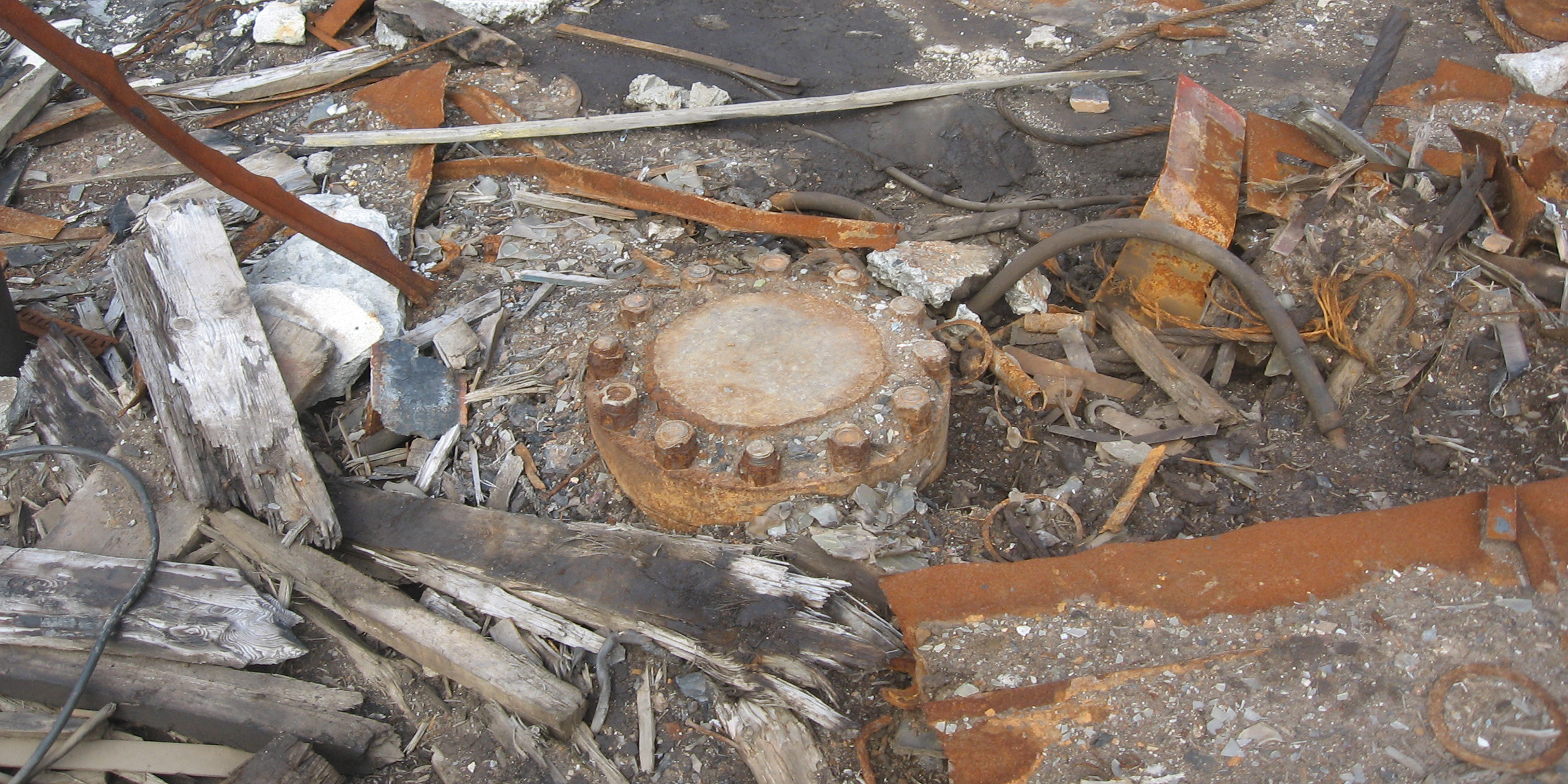Originally published 26 November 1984
What child has not at some time dreamed of digging a hole to China?
Geologists can be excused if they dream the same dream. A hole to China would be the ultimate field trip, a chance to sample directly the interior of the planet, to observe the churnings in the core that generate the magnetic field, to take the temperatures of the mantle, to probe the roots of the continents and the rocks beneath the ocean floor.
The subject of geology is the earth, but only a tiny part of the planet’s surface can be directly sampled. The yawning chasm of the Grand Canyon is a scratch on the globe, a scratch more insubstantial than the scraping of a fingernail on glass. The deepest oil and gas wells are pinpricks in the planet’s skin. The geologist is like a physician deprived of the right of autopsy, who must infer the nature of the body’s internal organs from external observations.
Soviet drilling
A hole to China may be a child’s fantasy, but a hole in the crust 10 miles deep is within the range of the possible. Such a hole would have immense scientific value in helping to elucidate the structure and origin of continents. In fact, a hole that may yet reach 10 miles into the crust is being drilled in the USSR.
The Soviet “superdeep” hole is near Murmansk on the Kola Peninsula, north of the Arctic Circle. The drilling has been going on for 14 years, with slow and deliberate care. The drill bit is now chewing into rock more than 7 miles below the surface. Samples of the crust have been recovered for much of that depth, and periodically instruments are lowered into the hole to record the chemical and physical properties of the rock.
The Soviet superdeep borehole has revealed several surprises. The composition of the crust was not exactly what seismic surveys had indicated it would be. Temperatures increased with depth more dramatically than had been anticipated. An ore body was encountered at a depth where none was thought to exist. Fluids and gases, including hydrocarbons, circulated through the rocks of the crust at depths where high pressure would seem to rule out open fissures and fractures.
Recently, American scientists had their first look at the Soviet borehole. They were impressed by the technological sophistication of the effort, and envious of the accumulating mass of data. In a sense, the Kola hole is to “inner space” what Sputnik was to outer space: a bold Soviet leap ahead of the West into the unknown.
The Soviets are drilling another superdeep hole near the Caspian Sea. The Caspian hole has reached a depth of 5 miles, and will apparently be deepened toward 7 miles. A web of 11 deep and superdeep scientific holes is planned that will together provide a broad profile of the crustal geology of the USSR.
American geologists are anxious to catch up. The most ambitious US proposal is for a hole 6 miles deep in the souther Appalachians. Seismic soundings in that region have indicated the existence of a broad horizontal discontinuity in the crust that is probably related to the breaking and thrusting of continental rocks that occurred hundreds of millions of years ago when Africa collided with North America. The proposed hole would penetrate the discontinuity and enable researchers to refine their interpretations of deep seismic soundings. The price tag on the 6‑mile hole could be as much as $45 million over a three-year period. That comes to something more than $1000 a foot.
The Mohole Project
There are skeptics within the geological community who would prefer to drill several smaller holes rather than one deep one. Deep drilling is notoriously difficult and prone to unpleasant surprises. Dissenters recall the ill-fated Mohole Project of the early 1960s. At that time a massive effort was organized to drill through the thin crustal rocks of the ocean floor to the Mohorovičić discontinuity (the “Moho”), the boundary layer that separates the earth’s crust from the upper mantle. A successful payoff of the Mohole would have been the first direct sampling of the earth’s mantle. But drilling a deep hole in an ocean environment turned out to be more difficult than anticipated. An original budget of $5 million expanded to an anticipated $100 million before Congress terminated the project.
The Belgians, the French, and the Germans have embarked upon continental drilling programs, although they plan nothing nearly so ambitious as the Soviet effort or the proposed hole in the southern Appalachians. It remains to be seen whether the Americans will get their superdeep hole.
On the scale of the earth, “superdeep” is super shallow. When the hole on the Kola Peninsula bottoms out at 10 miles, it will have penetrated only one four-hundredth of the distance to the center of the earth. The rocks will have yielded up some secrets, but others will be kept safely buried…forever. The geology of the earth’s interior is inevitably a matter of inference rather than direct inspection. It is a long way to China.
The Kola Superdeep Borehole was abandoned after the dissolution of the Soviet Union, having achieved a depth of 7.6 miles. The welded-shut borehole is now nothing more than a curiosity for sightseers. No American equivalent has since been attempted. ‑Ed.



